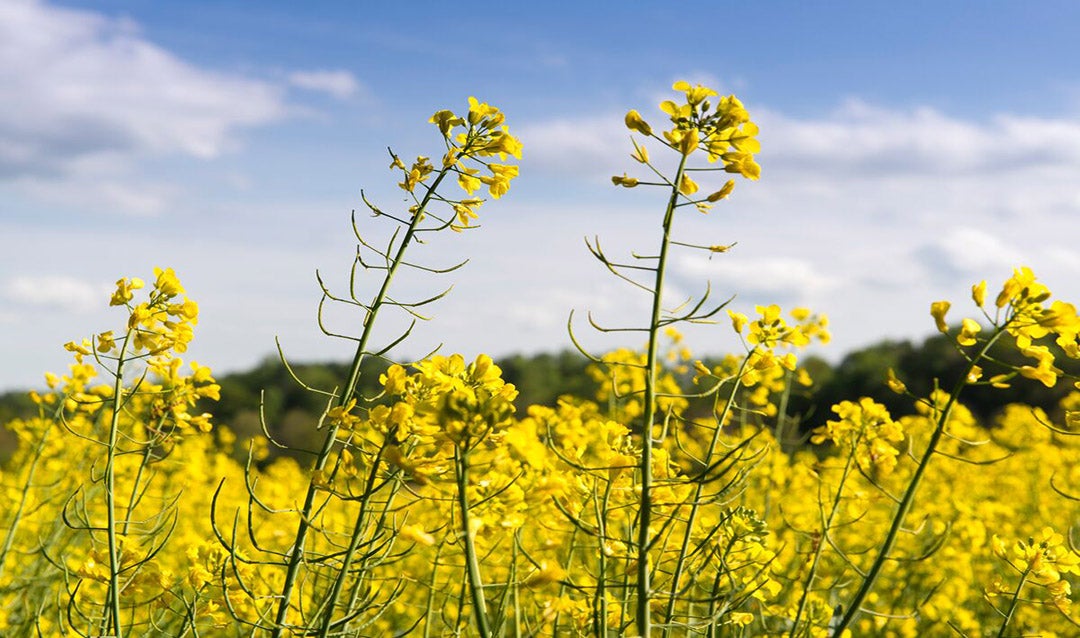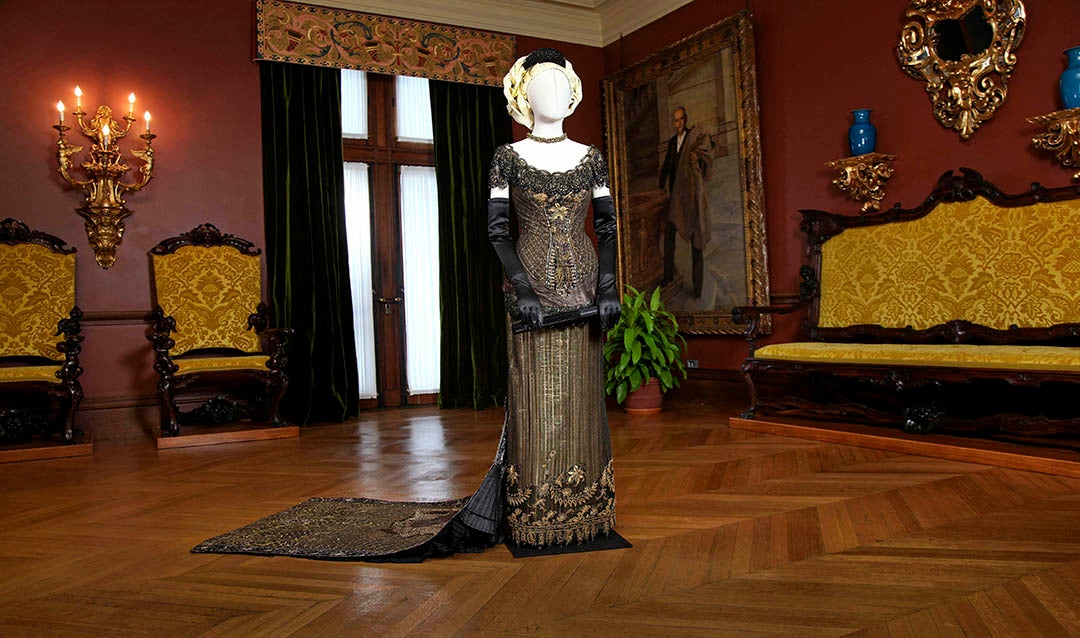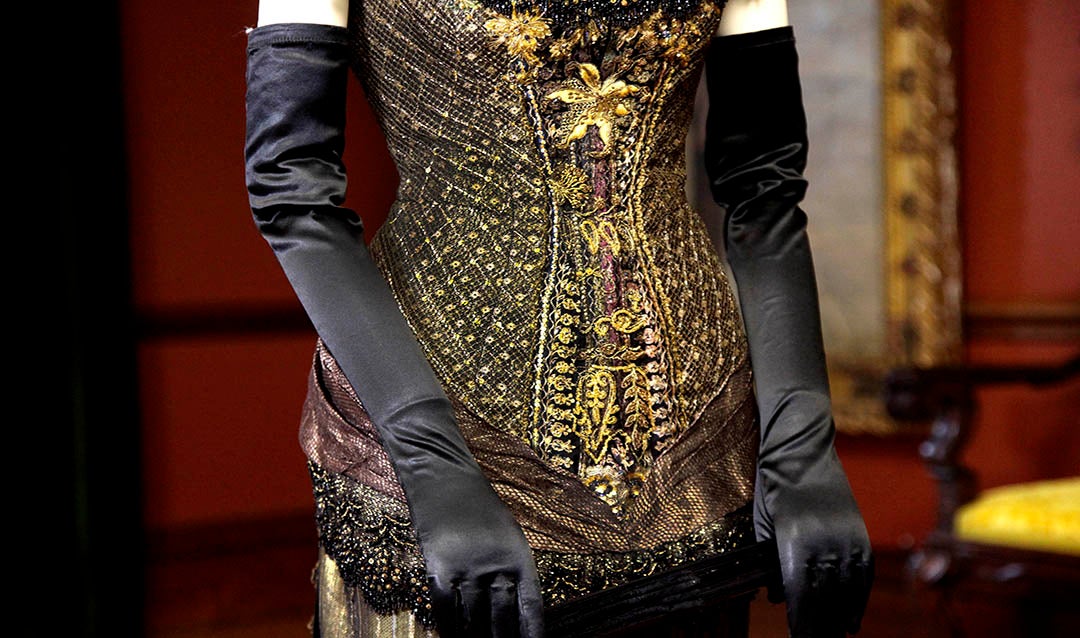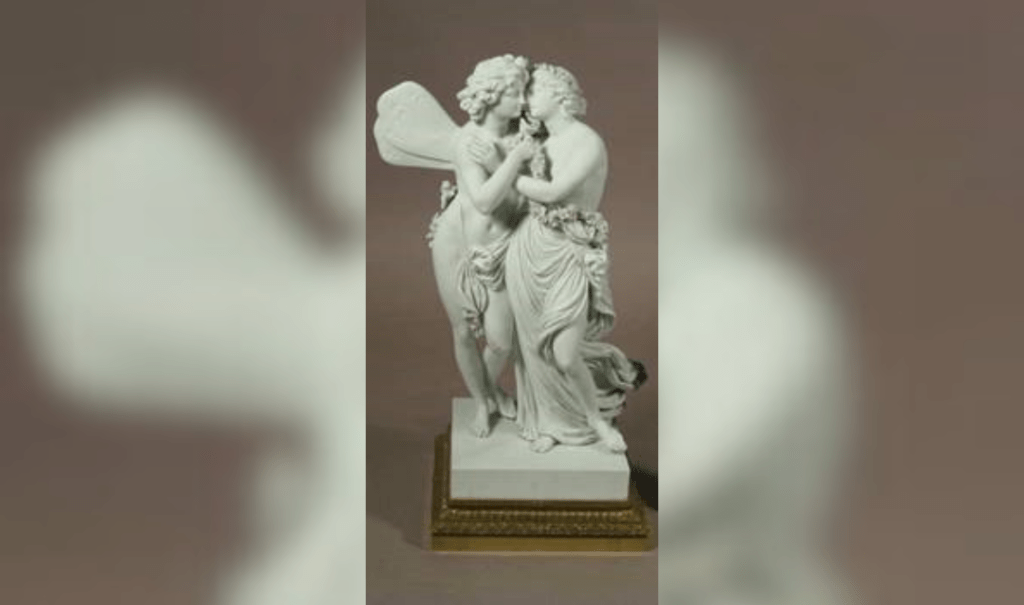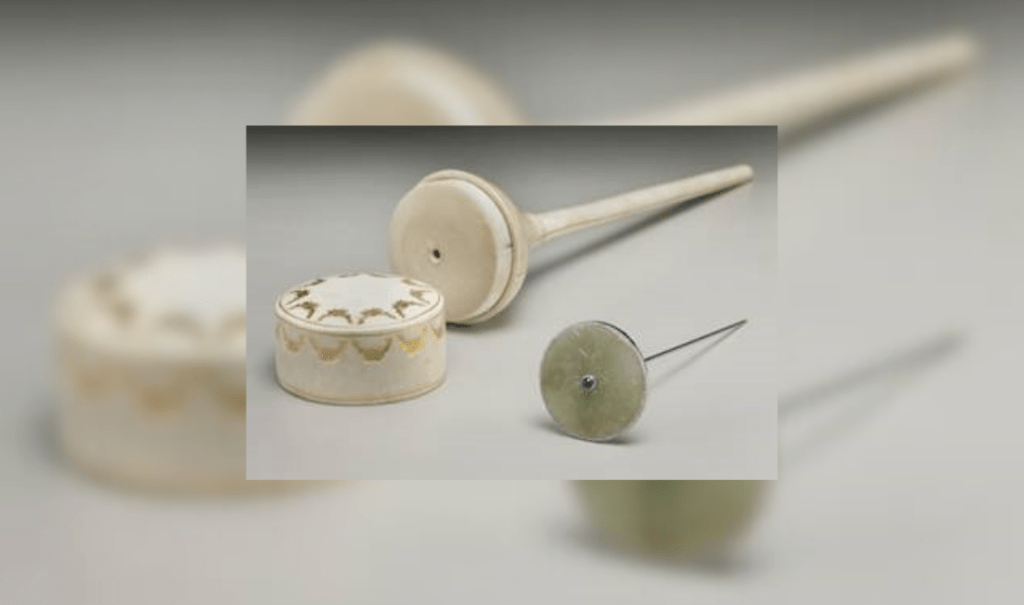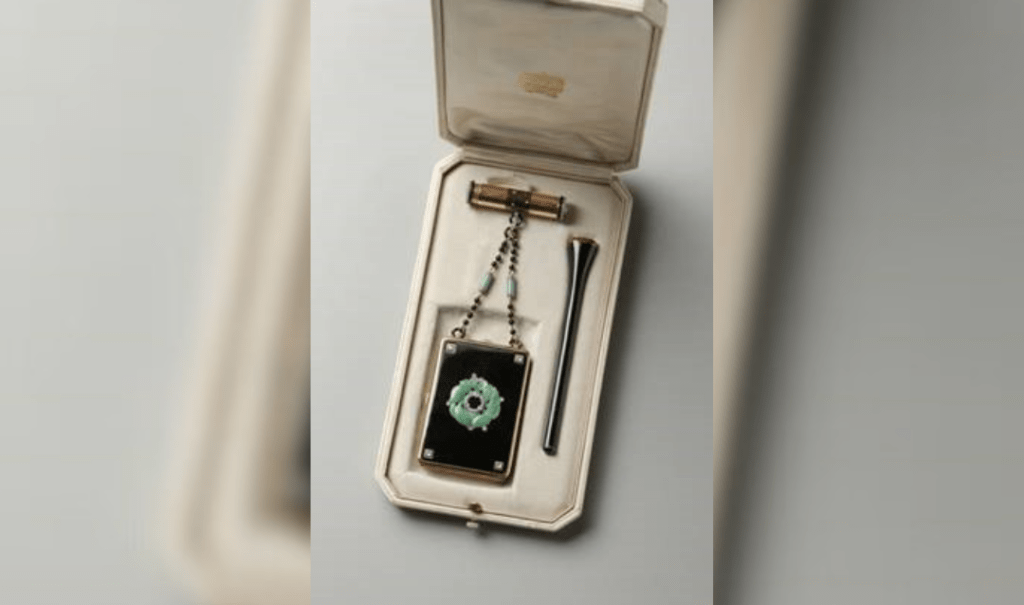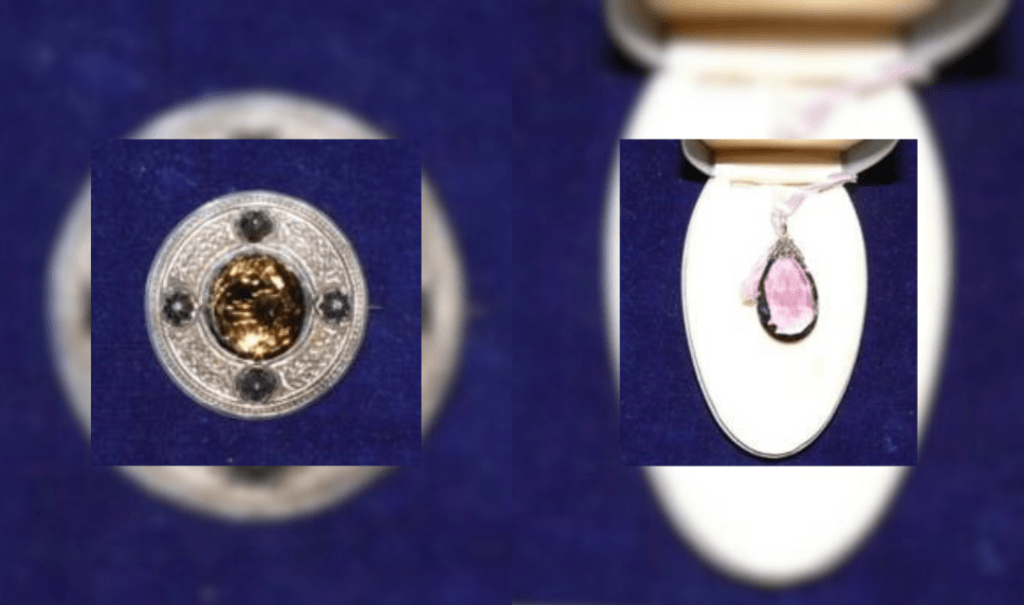The Italian Garden next to Biltmore House was created to offer a tranquil spot for enjoying magnificent reflections of America’s Largest Home®. The design, which includes three large pools filled with aquatic plants, remains remarkably true to the intention of Frederick Law Olmsted, Biltmore’s landscape architect.

Chihuly At Biltmore Was On Display From May 17 To October 7, 2018.
Please Enjoy This Archived Content.
Chihuly at Biltmore
In 2018, the Italian Garden is just one of the estate’s settings showcasing Chihuly at Biltmore—an exhibition of large-scale glass sculptures by American artist Dale Chihuly now through October 7. The vibrant colors and organic shapes that distinguish Chihuly’s creations are captivating presented within Biltmore’s artfully designed landscapes.
Caring for the Italian Garden
For the past several years, Chuck Cissell’s primary responsibility as a member of Biltmore’s landscaping team has been the Italian Garden with a focus on the aquatic plants. It’s a job he enjoys year-round, especially he can be in the pools caring for the breathtaking blooms that reach their peak in the summer months.

Blooming water lily
Planning for the seasons
Beginning in the fall, Chuck creates a plan for the Italian Garden pools. He places plant orders in April and May, and completes plant installations in June. Most of the aquatic plants come from Tricker’s Water Gardens—a company that was one of the first commercial water lily growers in the United States. Amazingly, it’s the same supplier that Olmsted used.
“I order many of the same plants that Olmsted used from Tricker’s, but today there are new colors and hardier blooms because they’ve experimented with growing and hybridizing water lilies to improve the shape, colors, and hardiness,” said Chuck.
“We always order new tropical water lilies and Victoria water platters with their huge lily pads. In one pool we have about 50 different lilies, including night-blooming varieties.”

Summer beauty in the Italian Garden
Glorious blooms
In June, you’ll see 130 hardy and tropical water lilies begin blooming. The lotus bed display starts in early July, and the gigantic platter-shaped Victoria lilies are largest in late August. For the center pool display, Chuck used plants including ‘Sweet Caroline Bronze’ sweet potato vine, ‘Mahogany Splendor’ Hibiscus, sun-tolerant Bromeliads, and dwarf Cannas. He picked muted colors like purple, silver, and bronze to highlight and compliment Chihuly’s Palazzo Ducale Tower glass sculpture in that location.
“I feed and fertilize the water lilies once a week; they are heavy feeders. And we groom three times a week from June to October. Grooming—that means removing the pollinated blooms—helps increase the number of blooms a lily produces,” said Chuck.

Colorful koi in the pools
Keeping the koi content
The filtration system in the pools is original 1895 technology, using constant water flowing into and out of the pools. The gravity-fed reservoir, which also used to provide water to Biltmore House, provides water for the pools.
Natural filtration is beneficial to the colorful koi that populate the Italian Garden pools. We know from archival records that Olmsted wanted to have fish in the pools, and while we don’t know exactly when the koi were introduced, at least one is about 50 years old.

Statuary around the Italian Garden pools
Preserving Olmsted’s Italian Garden designs
Because of the sheer volume of receipts, plans, and letters in Biltmore’s garden archives, Biltmore’s gardeners have only gone through a fraction of all the information available.
For Chuck, that’s one of the most important elements of his job. “I really like the historic aspect of gardening here,” he said. “I have the joy of knowing I’m recreating the same thing that the Vanderbilts saw in 1895, and continuing that tradition.”
Visit the Italian Garden now
Plan your summer visit to Biltmore today. It’s a great time to introduce your children to America’s Largest Home® as ages 16 and under are admitted free from Memorial Day to Labor Day when accompanied by a ticketed adult.
Featured blog image: A reflection of Biltmore House in the Italian Garden pools

